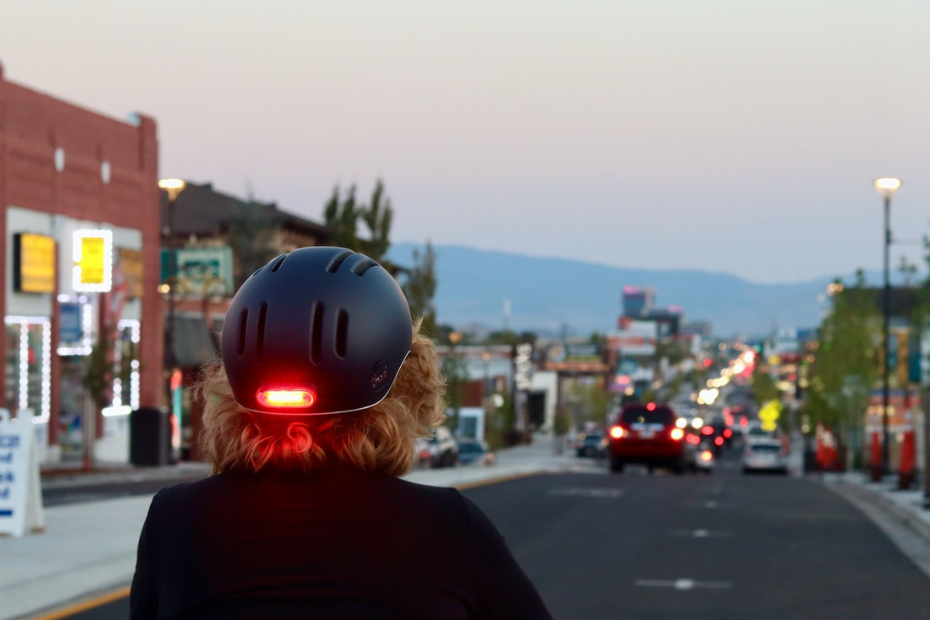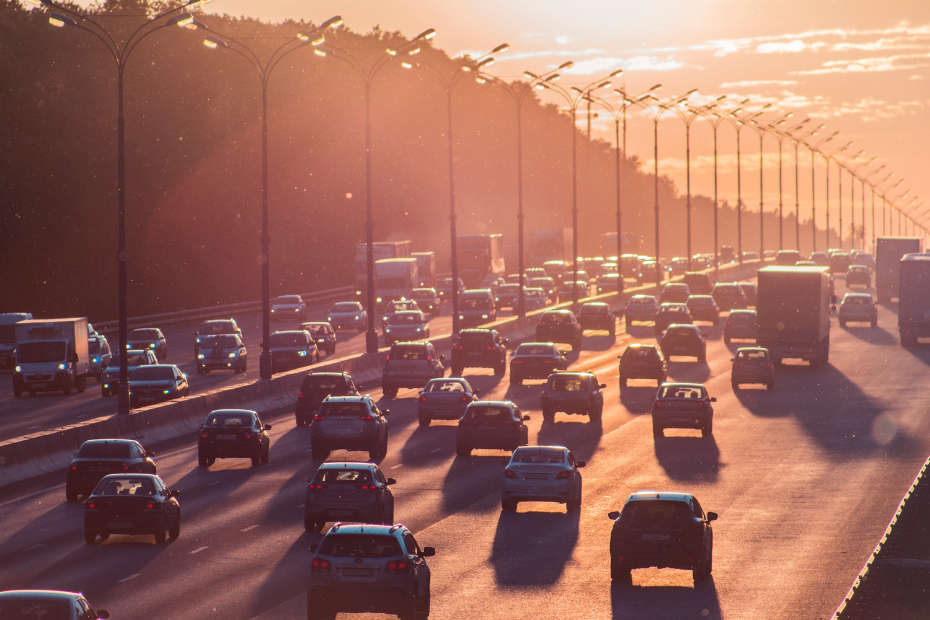Why (And How) to be Nice to Cyclists
For many drivers—particularly in the US—bicyclists are seen as a nuisance. They take up valuable space on the road, slow down traffic, and seem out of place in our automobile-focused landscape. Some even want to remove bicyclists from roadways altogether, and relegate them to the realm of athletics and children’s playgrounds. But this is short-sighted. Disdain for bicyclists comes from a few select places—none of which have a deep connection to the reality of the situation. The incredibly minor inconvenience of making space for a bicyclist, and the odd mentality that they’re somehow being “uppity” are both petty and stupid reasons to dislike bicyclists. And while jokes about bicyclists do make for good comedy, the fact is that we, as drivers, need to start making room for them. There are several good reasons to do so, too. Some are based mostly in ethics, while others appeal to a degree of self-interested practicality. A few drift into both. We hope to convince you to rethink your disdain for bicyclists. Below, we’ve compiled a few good reasons to be nice to bicyclists… and some actionable ways to do exactly that. To start with, let’s help you with a common misconception. More Bicyclists…





